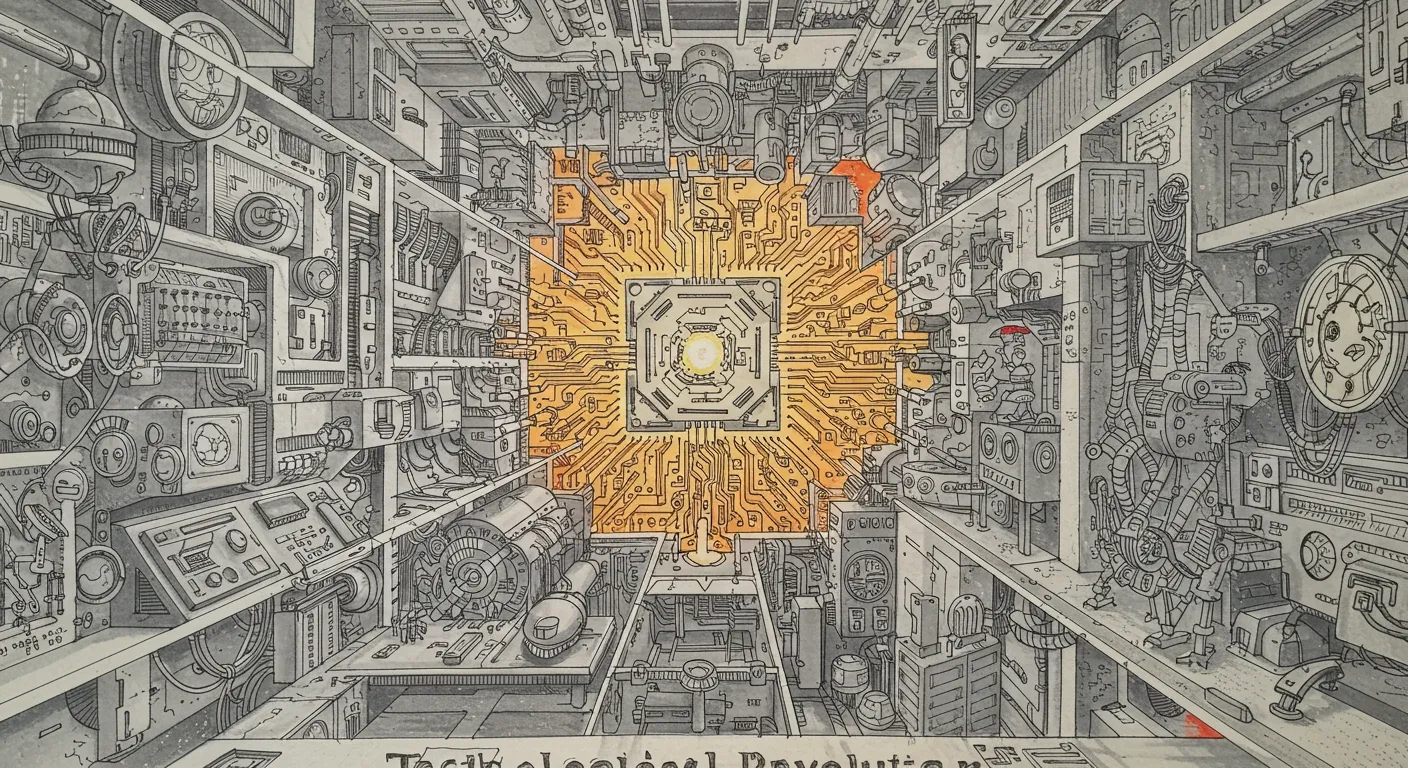In the rapidly evolving world of robotics and artificial intelligence, online commentators are buzzing with a mix of excitement and skepticism about the latest technological breakthroughs. The discussion around Google's Gemini robotics models reveals a complex landscape where cutting-edge innovation meets practical challenges.
The price point of emerging robotic technologies has surprised many participants in the conversation. What was once imagined as a multi-hundred-thousand-dollar investment is now becoming surprisingly accessible, with humanoid robots and robotic dogs entering the market at prices comparable to high-end consumer electronics. One commentator noted that a robot dog could be purchased for around $3,000 - similar to the cost of a mid-range drone.
However, the path to widespread robotic adoption is not without its hurdles. Online observers remain cautious, pointing out the significant gap between polished demonstration videos and real-world performance. Many warn that while demos might show perfect execution, actual robotic systems could have failure rates that make them impractical for everyday use.
The potential societal implications of these technologies spark intense debate. Some envision a world transformed within a decade, where robot assistants become as common as smartphones. Others raise critical questions about ethical programming, exploring the challenges of implementing safety protocols and ensuring robots can make nuanced moral decisions.
Google's role in this technological frontier remains contentious. While the company has demonstrated remarkable research capabilities, commentators debate whether they can successfully translate these innovations into marketable products. The discussion reflects broader concerns about technological leadership, with some arguing that Google's current management may struggle to bring groundbreaking robotics solutions to market.


